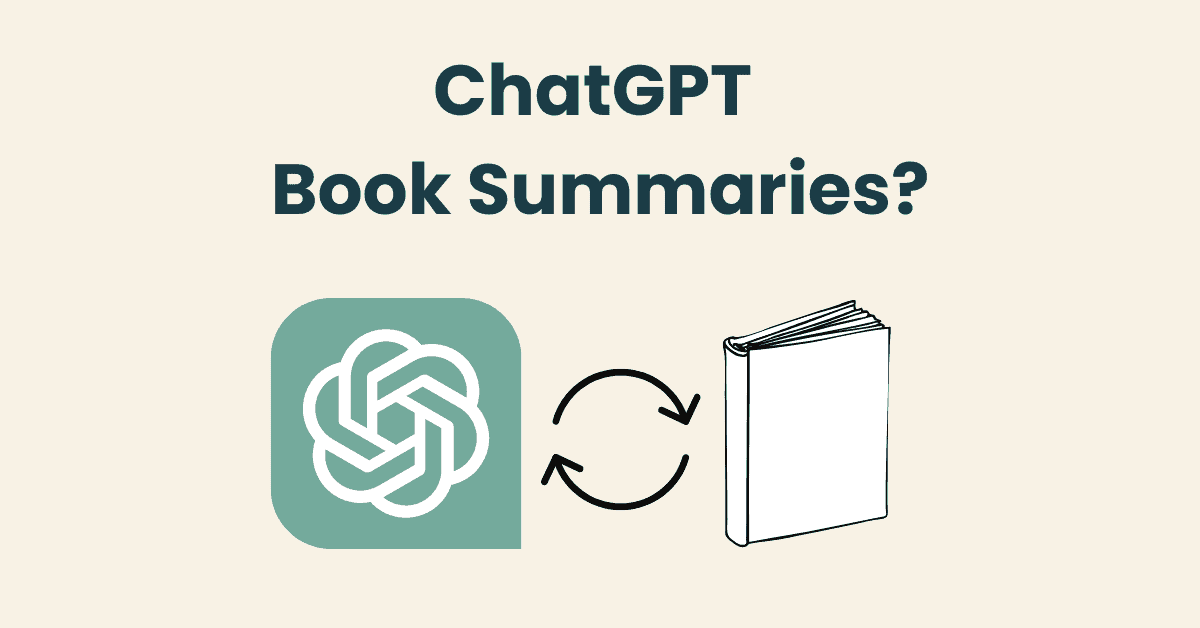
In our fast-paced digital age, keeping up with the wealth of information available in books can be challenging. One emerging solution lies in using artificial intelligence (AI) technologies, like OpenAI’s ChatGPT, to summarize books effectively and efficiently. This article will provide an in-depth guide on how to utilize ChatGPT for book summarization, facilitating a quicker understanding and appreciation of literary works.
An Introduction to ChatGPT
ChatGPT is a language model developed by OpenAI. Leveraging machine learning, it can generate human-like text responses to various prompts, making it a versatile tool with applications ranging from content generation to data analysis, and now, book summarization.
The Merits of Using ChatGPT for Book Summarization
There are several significant benefits to using ChatGPT for book summarization:
1. Efficiency: ChatGPT can quickly generate a summary of a book, saving readers significant time.
2. Accessibility: ChatGPT’s summaries allow readers to grasp the main ideas and themes of a book without having to read the entire work, making information more accessible.
3. Flexibility: ChatGPT can create summaries based on different user needs, such as detailed plot summaries or summaries focused on a book’s main themes or characters.
The Process of Summarizing Books with ChatGPT
Here’s a step-by-step guide on how to use ChatGPT to summarize books:
Step 1: Specify Your Requirements
The first step is to decide what kind of summary you need. Do you want a brief overview of the plot, or a more detailed analysis of the themes and characters? Your requirements will dictate the way you frame your prompt for ChatGPT.
Step 2: Formulate Your Prompt
Create a prompt that accurately communicates your needs to ChatGPT. Be specific about the book you need to be summarized and the type of summary you’re looking for.
Step 3: Enter Your Prompt into ChatGPT
Once your prompt is ready, input it into ChatGPT and allow it to generate your book summary.
Step 4: Evaluate and Refine the Summary
Review the generated summary. If it meets your needs, your work is done! If not, refine your prompt and generate a new summary until you’re satisfied with the result.
Caveats and Considerations
While ChatGPT is a powerful tool, it is essential to remember that it relies on the data it was trained on and can’t access or summarize books published after its last training data (as of September 2021). Additionally, ChatGPT is a machine and may not capture the nuances and emotions present in complex literary works as a human would.
Conclusion
As AI continues to evolve, tools like ChatGPT are increasingly becoming part of our daily lives, changing the way we interact with information. The ability to generate book summaries is just one example of how ChatGPT can be used to save time and make information more accessible. While the technology isn’t perfect, it’s a promising step towards a future where AI helps us navigate the vast ocean of information in our world more efficiently.
Find more … …
A Comprehensive Guide to Free Resources for Learning Deep Learning and Neural Networks
How to summarize correlation coefficients in R | Jupyter Notebook | R Data Science for beginners